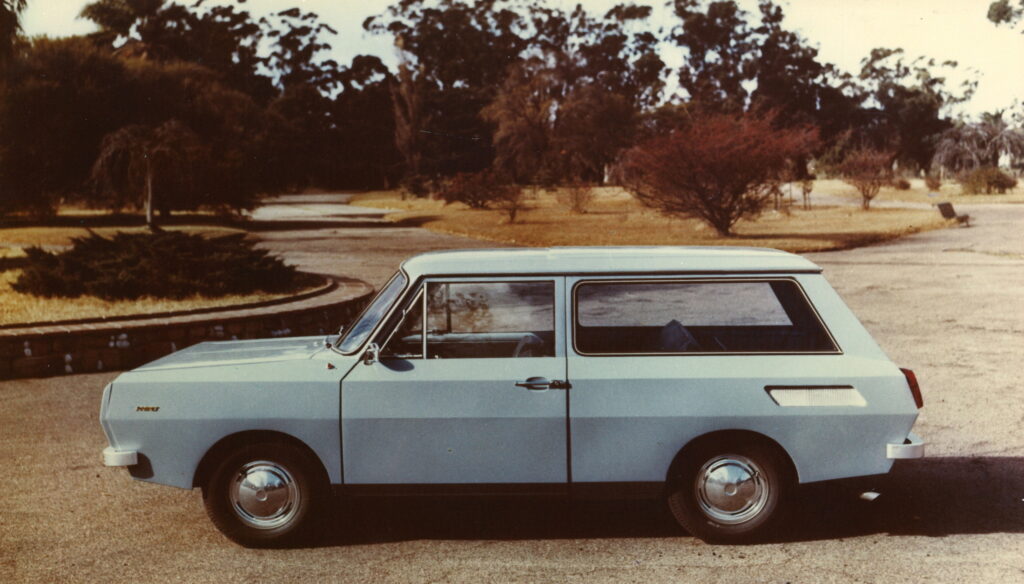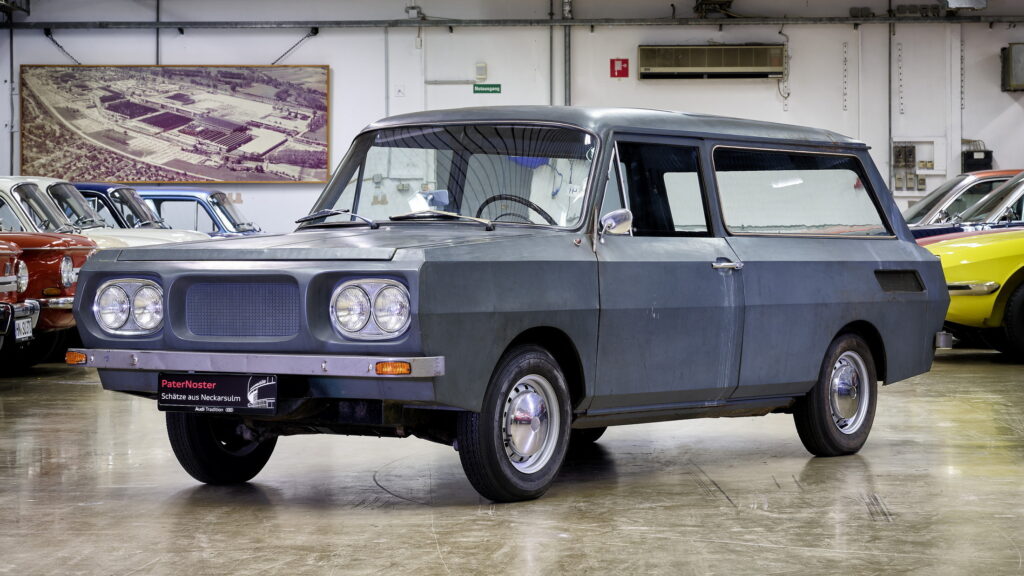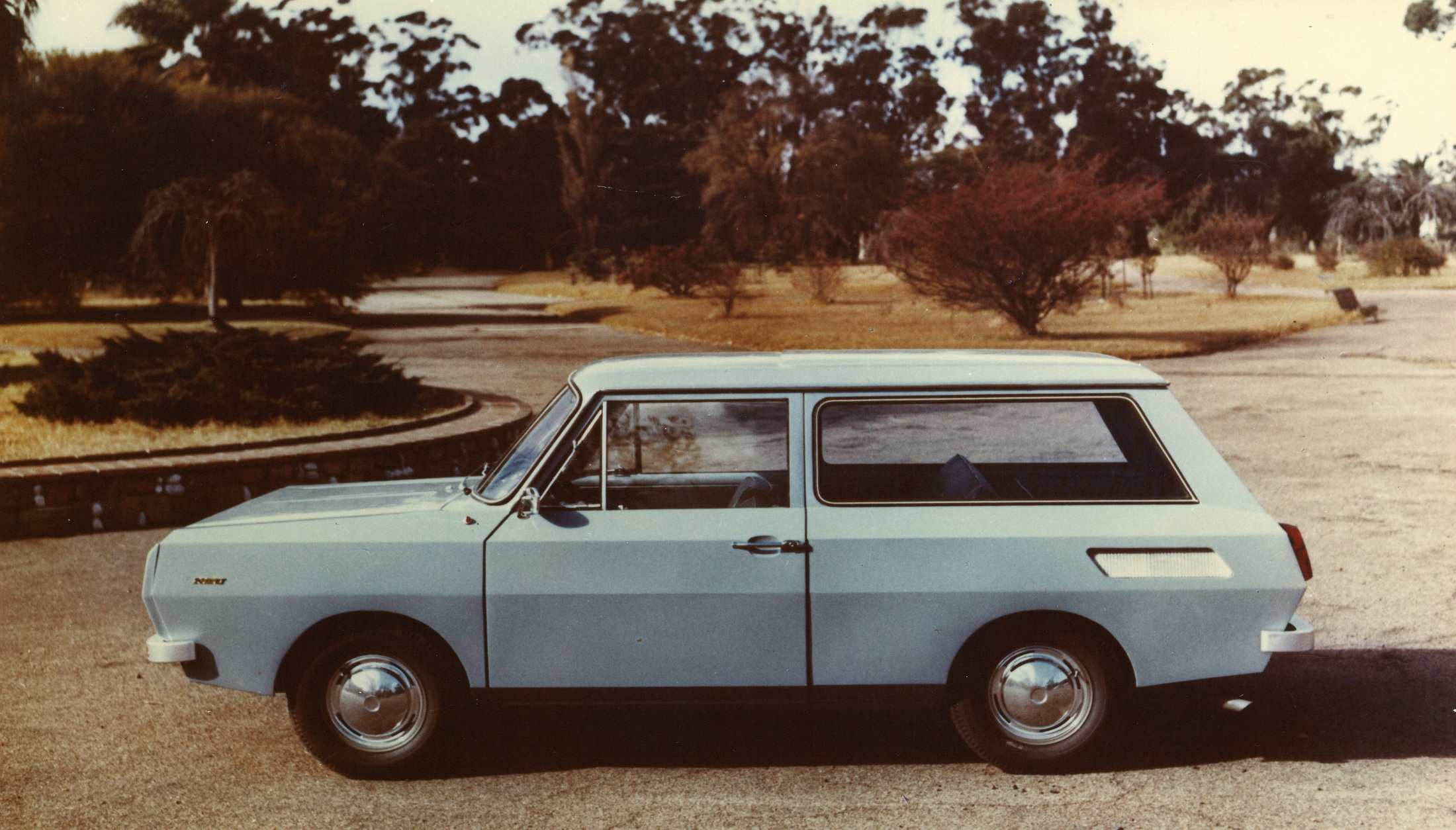When we talk about the global auto-making market, we don’t often think about Uruguay, but for a brief time between 1969 and 1971, the country toyed with producing its own vehicles based on NSU platforms.
The story starts with Germany’s NSU, which merged with Auto Union in 1969 and would eventually become what we know today as Audi. Its Uruguayan importer, Quintanar, decided that it needed something a little bigger than the NSU Prinz, a two-cylinder, rear-engine sedan that competed with the likes of the Mini in the ’60s.
In 1968, it began making a wagon of its own design, called the P6. Defined by its boxy lines, which were penned by Carlos Sotomayor, it used the engine and sub-assemblies out of an NSU Prinz. That meant that the car had to make do with a tiny 598 cc air-cooled inline two-cylinder engine that made just 36 hp (26.5 kW/36 PS).
Read: Panther Solo Is The Futuristic Cosworth-Powered Lotus Esprit Rival You Never Knew About

Still, Quintanar managed to sell 140 P6s in a year. The importer determined that more power was necessary, and flew a body to NSU’s headquarters in Neckarsulm, Germany, so that the engineers could find a way to squeeze the larger, four-cylinder engine from the Prinz 1000 into the wagon.
Unfortunately, NSU’s engineers found that the 996 cc engine couldn’t fit into the engine compartment of the P6. The only way they could squeeze it into the car was to take up most of the wagon’s luggage compartment.
Much to the NSU engineers’ surprise, this was acceptable to the Quintanar officials, and most of what you see below the window line at the back of the vehicle in these photos is actually taken up by the engine, leaving little room for luggage.
However, that meant that the newly named NSU P10 “Uruguay” now made 43 hp (32 kW/43 PS), and could reach a top speed of 120 km/h (75 mph). Between the start of sales and 1971, when NSU pulled out of Uruguay, Quintanar managed to sell 500 examples of the P6 and P10.
The original P10 prototype that NSU’s engineers built remains in Neckarsulm to this day, as a part of Audi’s collection of historical vehicles. The only example ever to have driven on German roads, it is a small but fascinating chapter in the 150-year history of NSU, which Audi is celebrating this year.









